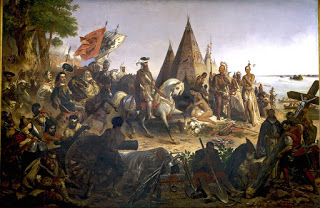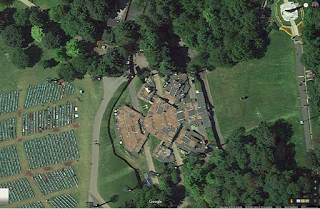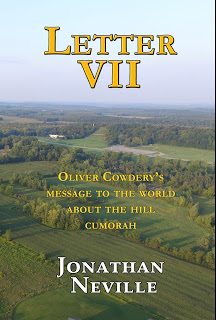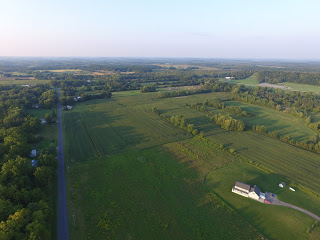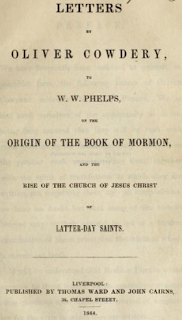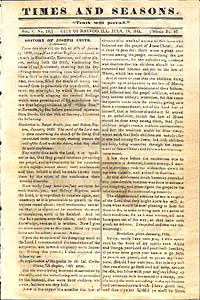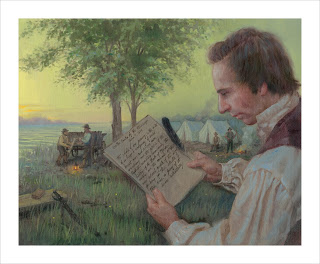New web page
https://www.moronisamerica.com/
This is far more flexible format than a blog, although it will include a blog as well. We will have a newsletter you can subscribe to for updates. We are adapting the hundreds of posts on this blog so they will be accessible by category.
Thanks to Rian Nelson, there are some wonderful maps, some excellent artwork, some additional research, and much more. There is even a section for kids that includes activities and cartoons.
We think this is a more user-friendly resource that you can share with others. Let me know what you think. As always, we welcome feedback and want to incorporate suggestions as quickly as possible.
Thanks again for all your interest in the things we discuss on this blog.
And remember, we want everyone in the Church to read Letter VII during 2016.
Source: Book of Mormon Wars
